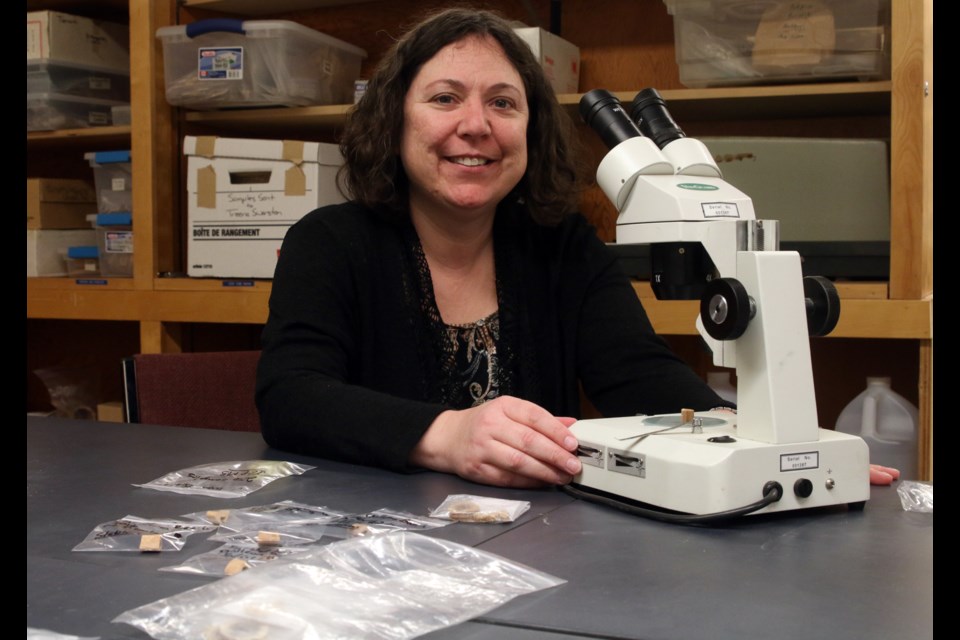THUNDER BAY – A collaboration between scientists in Saskatchewan and an anthropologist in Thunder Bay may help unravel one of the key factors that contributed to the downfall of the great British Navy.
Tamara Varney, an associate professor in the anthology department at Lakehead University, has been collaborating with Canadian Light Source scientists in Saskatoon, Sask. on a new technology that allows her to determine the source of lead contamination in bones.
“We started out trying to address the historical question of how much did exposure to lead affect the health of British Royal Naval personel serving in the West Indies, specifically on the island of Antigua, where most of my research takes place,” Varney said.
“One of the biggest issues of looking at lead intoxication of human skeletons of the past is trying to differentiate whether that lead is due to contamination of the burial environment when they are interred, or if it’s absorbed during a sailor’s lifetime.”
Working with Canadian Light Source and a new technology that manipulates a beam of light, making it smaller than the structural features of a bone, Varney is now able to determine if lead contamination found in bones exhumed from naval cemeteries in Antigua from the late 18th and early 19th centuries was caused by exposure to lead in the soil, or if it was present during a sailor’s life.
“If you look back in historical documents, there is a lot of speculation that one of the things that caused these sailors to be so ill and succumb to tropical diseases so easily, was that they already had lead poisoning, which would have contributed to their poor health,” Varney said. “I wanted to see if that was true or not.”
The imaging allows Varney to determine where lead contamination came from based on where it is found in the bone. If lead is found throughout the bone, as opposed to only on parts exposed to soil during burial, lead must have been present while the individual was alive.
There is speculation that wide-spread cases of lead poisoning may have led to the Royal Navy struggling to maintain its global reach across the vast British Empire. It may have even contributed to the doomed 1845 Franklin Expedition in search of the Northwest Passage in the Canadian Arctic.
“They definitely have a lead burden,” Varney said. “And it’s very variable. Some of them have very high levels of lead from when they were alive, which no doubt caused chemical lead poisoning. But we also had individuals that had almost no lead burden. So it’s quite variable.”
The next step is to determine what could have caused lead contamination during a sailor’s lifetime. Lead has been found in certain paints used on Royal Navy vessels during that time period, and Varney said rum that was consumed may have been contaminated with lead as well.
But lead contamination was not isolated to the West Indies, or even to sailors, as similar findings have been found in bodies exhumed in Newfoundland and Southern Ontario from the same time period.
“So it seems that this type of pattern is not isolated to just naval personelle serving in the West Indies or the Caribbean,” Varney said. “I’m thinking that it is something perhaps that is not unique to being in the navy.”
Varney credits the scientists with Canadian Light Source with providing a non-destructive method for conducting her research, because without it, the questions she had would have remained unanswered.
“The question that I’ve been trying to address often we don’t have existing methodology, but my colleagues come up with the means to do, which is really exciting to me,” she said. “I ask the impossible questions and they find the means to do it.”
